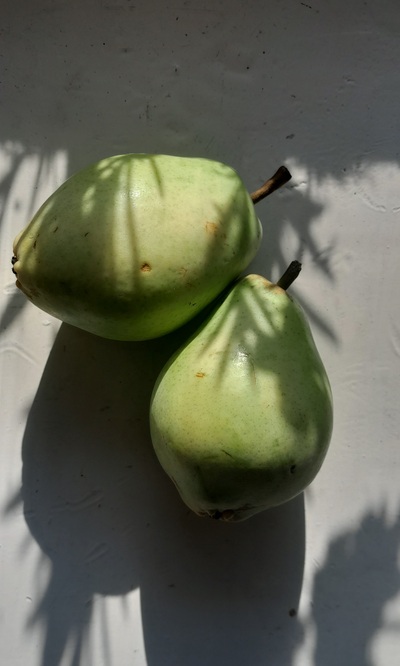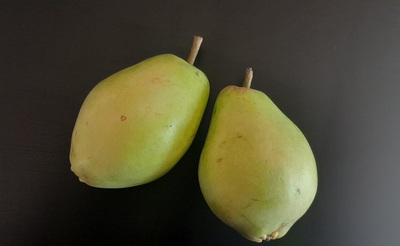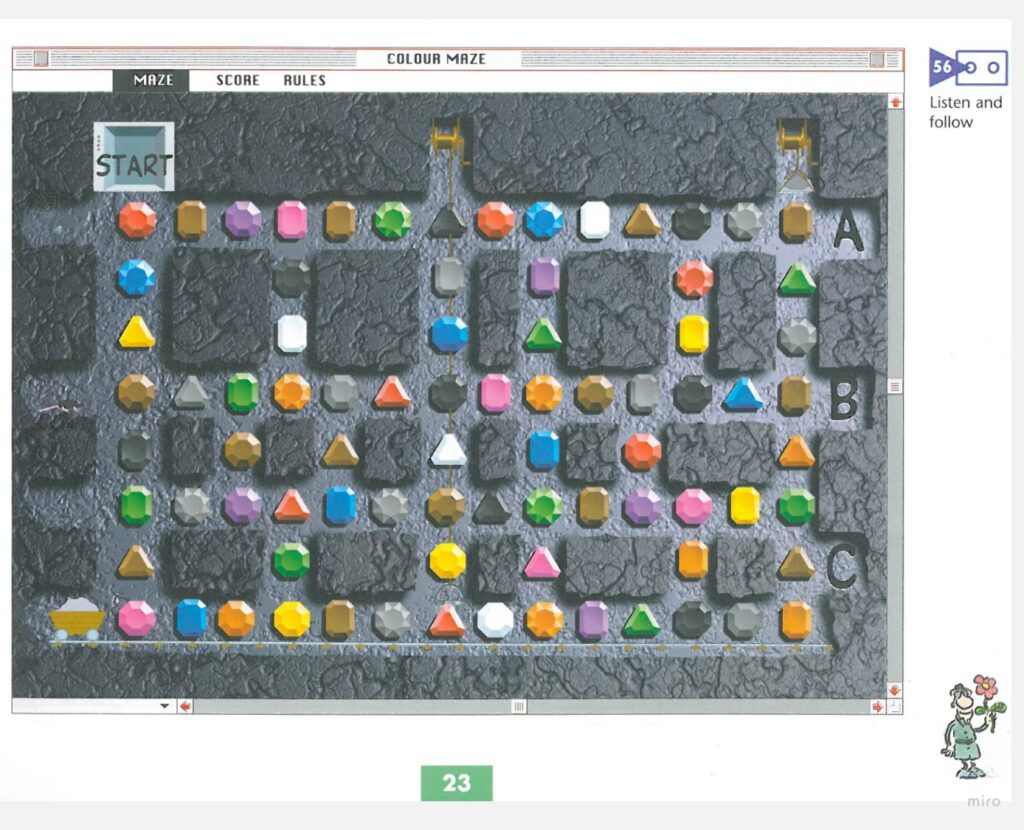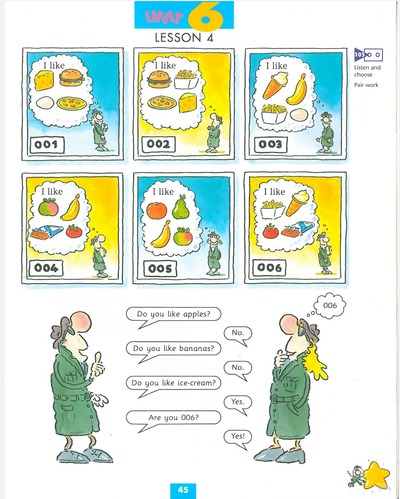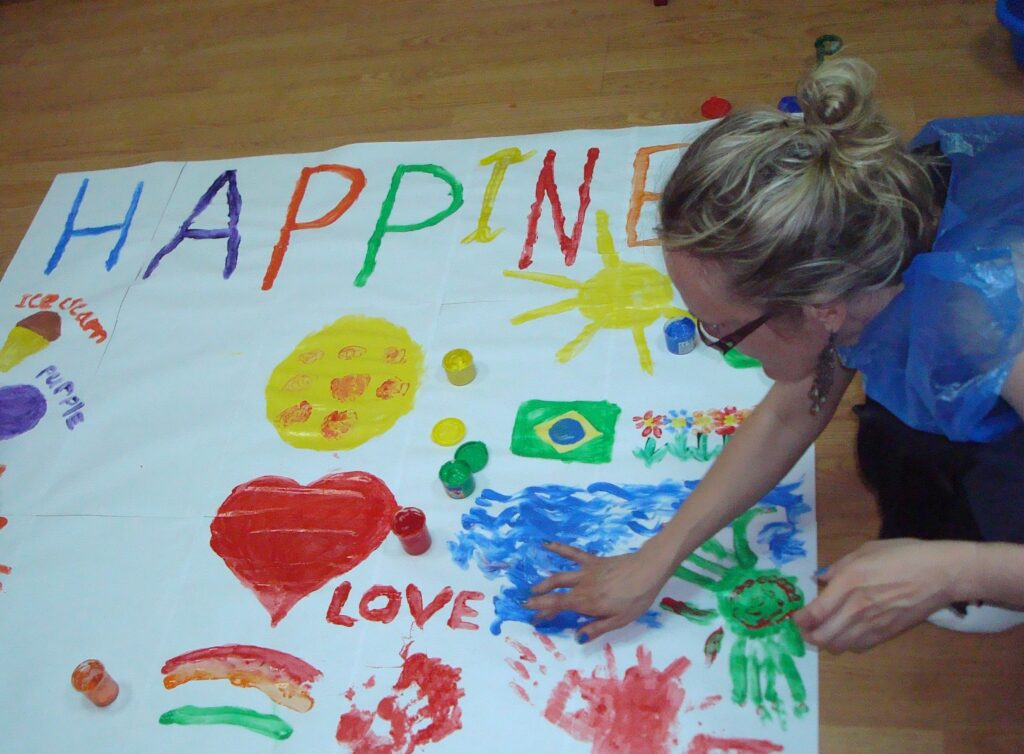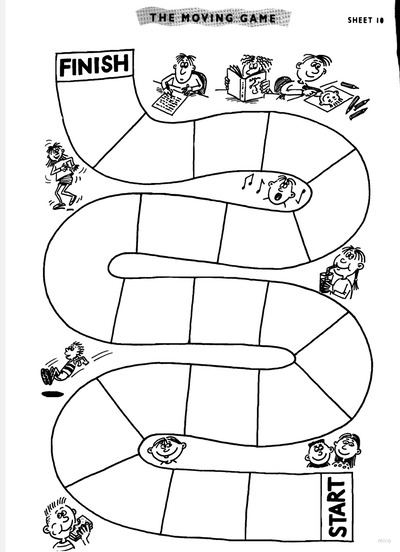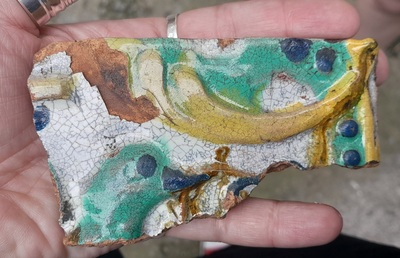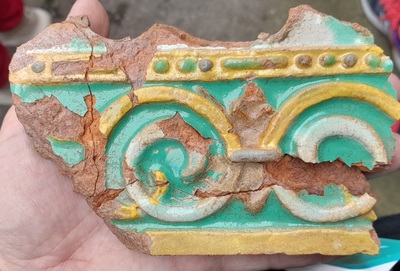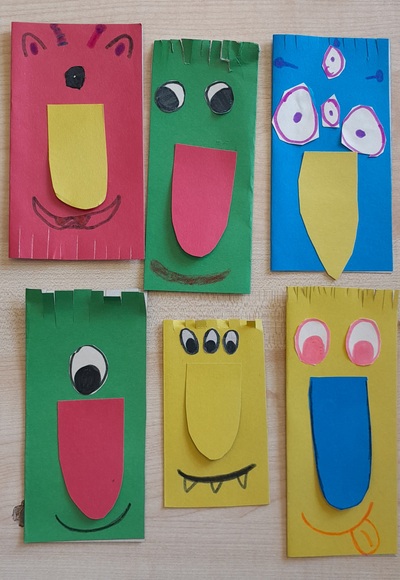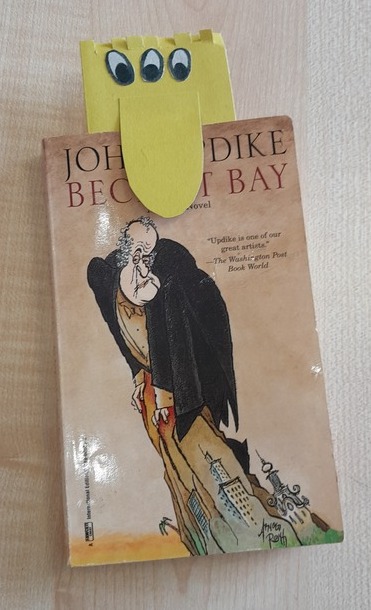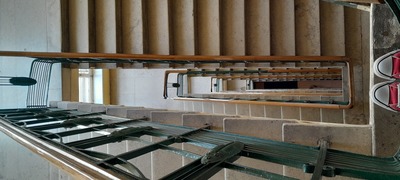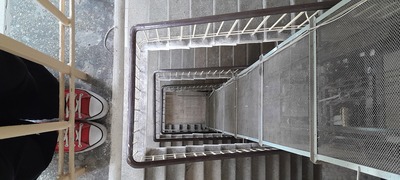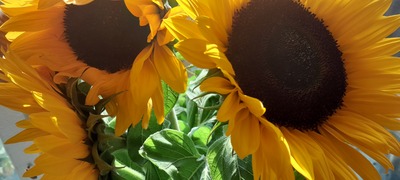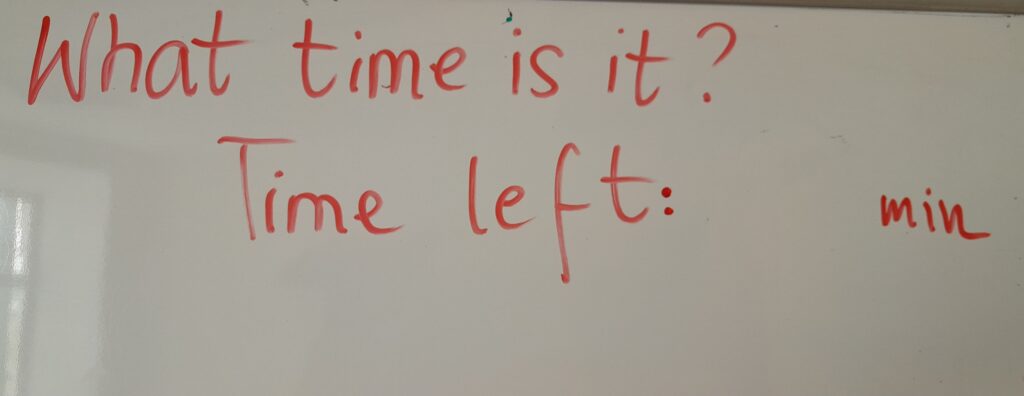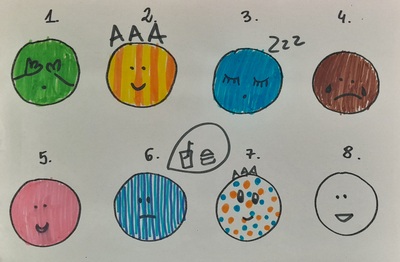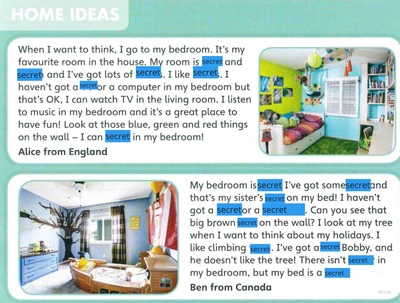
Looking for songs
We have lots and lots of sources of amazing songs that can be used in the YL and VYL classroom. The first and the easiest one of them is your coursebook and the main advantage of it is the availability and the close connection to the curriculum. The songs often combine the vocabulary and the structure of the unit and both the teacher and the students have an easy access to it. The songs’ lyrics are in the kids’ coursebooks, they are often built around the characters from the coursebook or the stories in the coursebook. As a teacher, I have been using the songs from Superminds and Playway to English by CUP and Discover with Dex by Macmillan and I am a huge fan to the extent that I would recommend them as a supplementary material to accompany another coursebook, too.
Another amazing resource is youtube and the brilliant channels such as Super Simple Songs, Dream English Kids, Fun Kids English or Mother Goose Club, full of amazing, kids-friendly, visually beautiful productions that can be used in our EFL classes even if the content does not match the curriculum 100% accurately. After all, this can be an opportunity to learn some more vocabulary or structures.
Sometimes, however, it happens that, no matter how hard you try and how long you look here and there, the song or the chant that you really need is nowhere to be found. There is a way out, too, because you can create your own songs! From scratch!

Creating your own songs: Starting from the rhythm.
This is more of a jazz chant than a song and I took the general idea from Carolyn Graham. The thing you need is a set of words to practise, divided into groups based on the number of syllables: 1-syllable words (cat, dog, frog, duck), 2-syllable words (hamster, snake, lizard), 3-syllable words (elephant, guinea pig, ladybird) and 4-syllable words (chameleon). You arrange them, in any way you want, following the pattern, for example: 2, 2, 2 – 2, 2, 2 – 2, 2, 2 – 4, 1 OR 3, 3, 1 – 3, 3, 1 – 3, 1 – 3, 1 – 3, 3, 1.
Hamster, lizard, snake
Hamster, lizard, snake
Hamster, lizard, snake
Chameleon, cat!
OR
Elephant, ladybird, cat
Elephant, ladybird, cat
Elephant, cat
Ladybird, cat
Elephant, ladybird, cat.
Practically any rhythm will do, especially if you start clapping your hands and stomping your find and chanting.
A similar technique can also be applied to any repeated sentences. I really like mixing affirmative and negative sentences connected with ‘but’ and ‘and’, for example
I like cats but I don’t like dogs.
I like ducks but I don’t like frogs
I like lizards but I don’t like snakes
What about you? What about you?

If you are looking for more ideas of this kind, please check out the book by Carolyn Graham (see below).
Creating your own songs: Starting from the melody
This, by far, is my favourite way of creating the songs I want and the songs I really really need. The only thing that it takes is a melody that the teacher is familiar with and filling it up with the lyrics that match the lesson’s theme and aim.
During the YL course sessions, I was visiting one of the breakout rooms while the trainees were discussing the ways of adapting a certain material and, together, within a couple of minutes, we came up with a simple song that could be sung in the lesson on pets, with to the melody of The London Bridge is falling down. It went more or less like that:
Little dolphins cannot dance, cannot dance, cannot dance.
Little dolphins cannot dance but they can swim!
Naturally, this little verse can be replicated with all the other animals and verbs, according to the vocabulary content of the lesson.

Creating your own song: Starting from the language
This one is probably the most challenging one because there is no basis here, like in the previous two. However, at the same time, since you are not bound by the rhythm or the melody, you can put together any text you need. I have used this approach while creating a chant for one of the groups with whom I had a double lesson, with a break in-between. This is the song that I put together to signal the beginning and the end of the break. The melody for this song was completely made up.
Let’s take a break.
Let’s run and play.
Five minutes. Five minutes
Let’s take a break.
Let’s drink some water.
Five minutes. Five minutes.
Let’s take a break.
Let’s go to the toilet.
Five minutes. Five minutes.
In one of the Science lessons for my pre-schoolers we were doing the food chains and I really wanted to make it more interactive and fun and this is how we ended up with a play with an alge, a fish, a squid, a dolphin and a shark. The story was built around all the creatures noticing their predator in the ocean and hiding. While taking turns to sing the song
I am a little, little alge
And I am happy
At the bottom of the ocean
Where I live
Oh, no! Look! What’s that? It’s a fish!
Let’s hide.
In this particular lesson we made the finger puppets for all the characters, practised the song a few times and then we all participated in the game aka the performance. It was definitely a success.
The only trick with writing a song like that would be coming up with the message to convey, verbalising it and sticking to the appropriate number of syllables in each line. As can be seen in the examples above, the verses don’t rhyme and they don’t need to. As for the melody, it can be anything and, once you’ve got it, it is a good idea to record it, for memory, even if only on the smartphone recorder.

Here you can find my other posts about using songs in the VYL and YL classroom
- Where to start if you have never sung before (here)
- How to un-sing a song (here)
- All the reasons to use a song in the classroom (here)
- Five songs that have become games (here)
Here you can find some more interesting resources to read
J is for Jazz Chants by Carol Read
How to creat a jazz chant by Barbara Hoskins Sakamoto
Creating chants and songs by Carolyn Graham (Oxford University Press)
